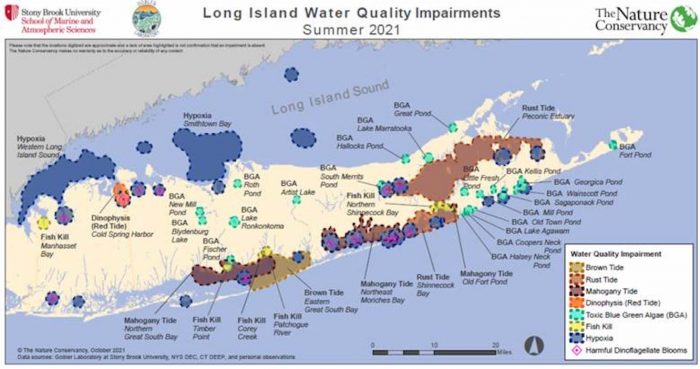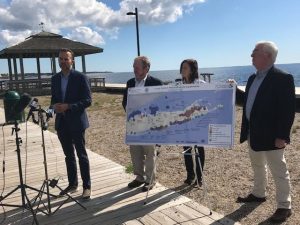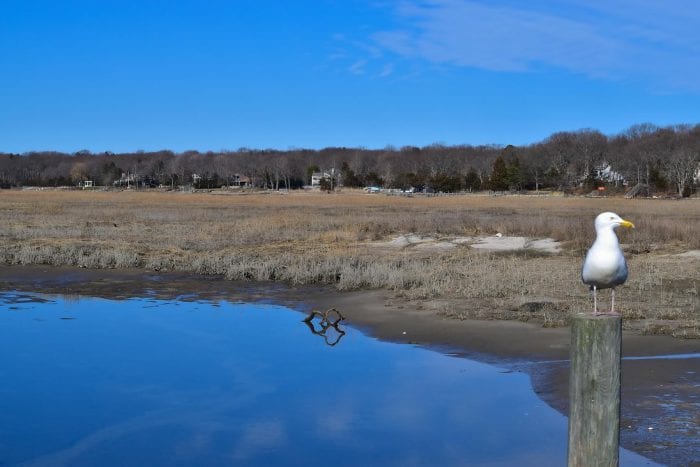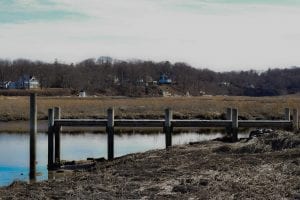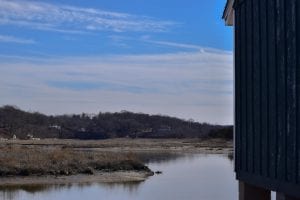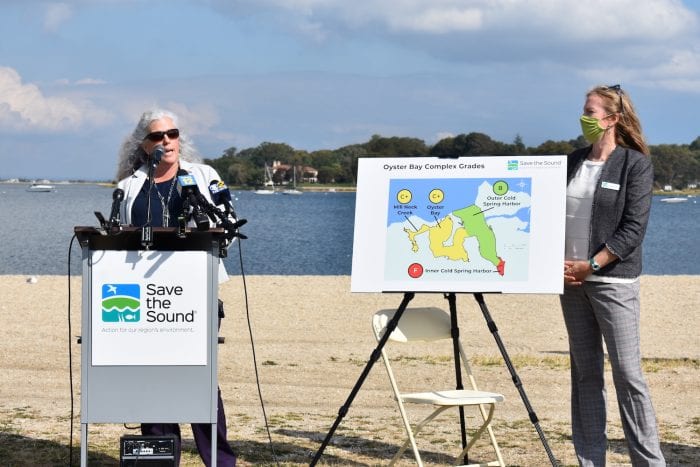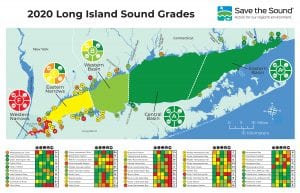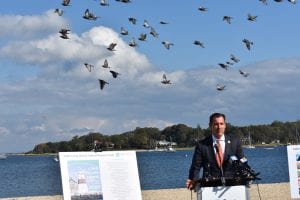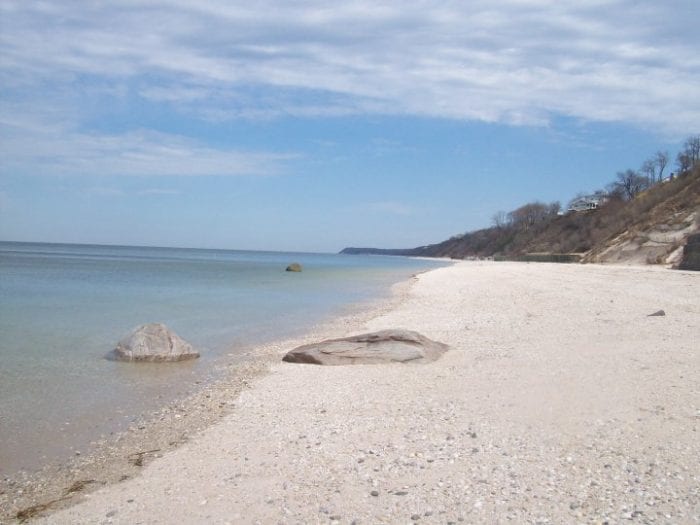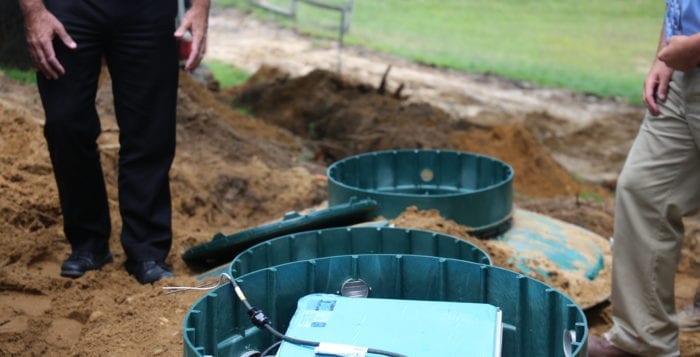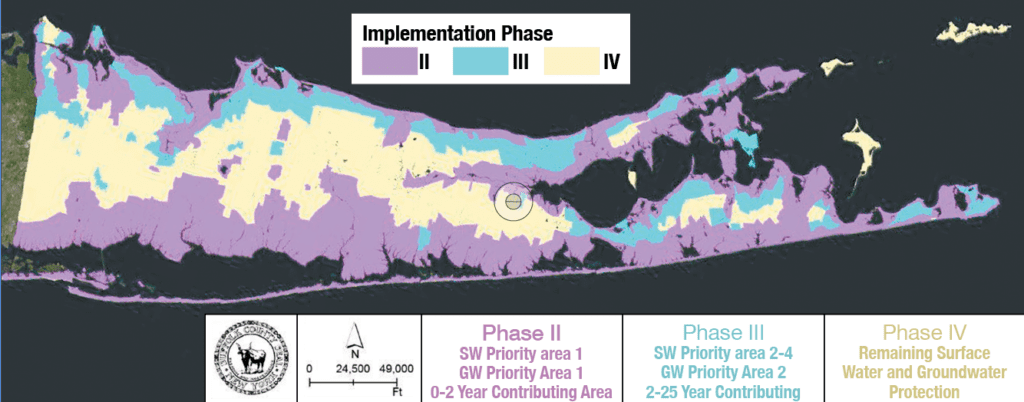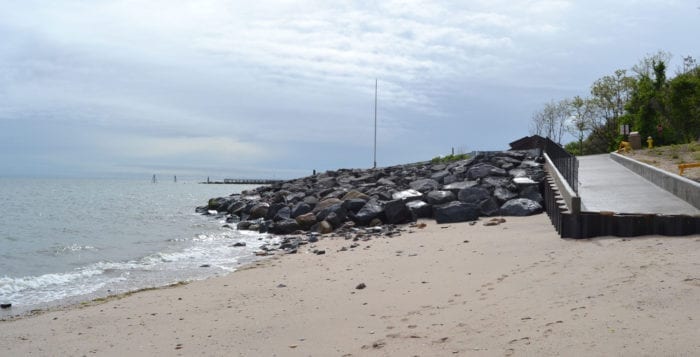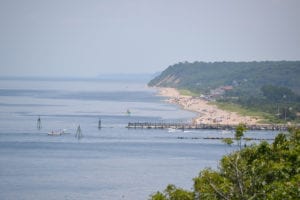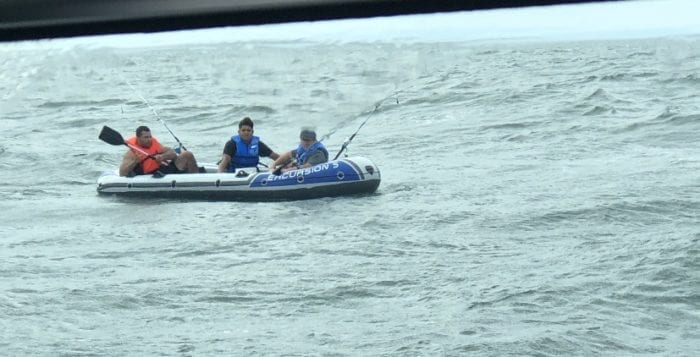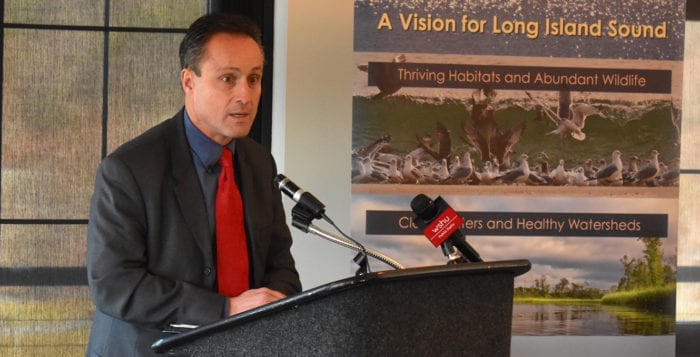On Dec. 7, in a virtual press conference, U.S. Rep. Tom Suozzi (D-NY3) announced matching federal agency grants that will bring nearly $3 million in funds to the 3rd Congressional District to help to protect and preserve the Long Island Sound.
The U.S. Environmental Protection Agency, U.S. Fish and Wildlife Services and the National Fish and Wildlife Foundation have all contributed funds to the grants. The organizations or agencies receiving the grants will need to match the funds.
Suozzi, who is the co-chair of the bipartisan Long Island Sound Caucus, said during the Dec. 7 press conference that the main problems environmentalists have encountered with the waterway through the years have been hypoxia, and nitrogen being released into the Sound from sewage treatment plants. He called the waterway “our national park” and said it has improved over the last few decades but still needs more care.
“If you look at the water, just look at it, it’s clearer than it used to be,” he said. “If you look at the wildlife, you see more osprey and more red-tailed hawks.”
He added there has also been more bunker fish in the water.
Also taking part in the virtual press conference were Curt Johnson, Save the Sound president; Cecilia Venosta-Wiygul, Udalls Cove Preservation Committee and Douglaston Civic Association board member; Adrienne Esposito, executive director of Citizens Campaign for the Environment; Vanessa Pino Lockel, executive director of Cornell Cooperative Extension of Suffolk; Eric Swenson, executive director of Hempstead Harbor Protection Committee; Carol DiPaolo from the Coalition to Save Hempstead Harbor; and Heather Johnson, executive director of Friends of the Bay located in Oyster Bay.
The groups will benefit from the grants, and Suozzi praised them for their efforts in protecting the Sound.
“It’s a constant effort by all the people on this call working together as a team,” he said.
Also, speaking during the virtual press conference, was Northport Mayor Damon McMullen. He said the village has been working on upgrading the sewer system, and doing so has made a “huge difference.” He said the village has been able to reduce its nitrogen output from 19 pounds a day to less than 2 pounds. The mayor said the village has put money in next year’s budget for stormwater control which will help to catch pollutants and pesticides before they enter Northport Harbor and ultimately wind up in the Sound.
There will be $105,001 made available in a program known as Green Infrastructure to Improve Water Quality in Northport Harbor and Long Island Sound. Grant money will go toward rain gardens to capture stormwater in the village which the mayor said he believes is the next step in achieving the goal of cleaner water.
The grants include $170,000 to develop a Long Island Sound Student Action Plan, and among the projects that will benefit from the funding is the Long Island Sound Summit for High School Students, Esposito said. The project included 125 students from four schools this year, and she said they are anticipating 250 students from eight schools in the upcoming year, including Northport, Smithtown and Rocky Point. Part of the project includes students taking water samples and looking at microplastic content of the Sound, studying the effects of nitrogen on the native cordgrass along the shore and more.
Among other grants, $729,606 is earmarked for new methods to enhance coastal restoration and resilience at Centerport Harbor; and $152,314 for expanding oyster sanctuaries in Oyster Bay and Cold Spring Harbor.
When Suozzi first came into office in January of 2017, he said funding at the time for the Sound was about $4 million. This year it was more than $30 million, according to him.
While Suozzi was pleased his district will be granted money, he said any area along the Sound getting help is a plus.
“If we get money in Connecticut, if we get money for New York City’s combined sewer outfall, it helps all of us, because there’s no geographic boundaries,” he said. “There’s no congressional boundaries in the Long Island Sound. We’re all in this together.”


